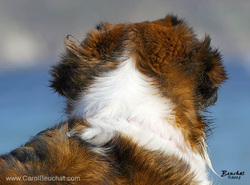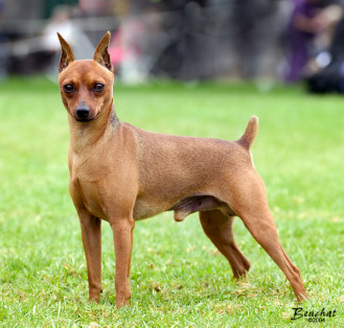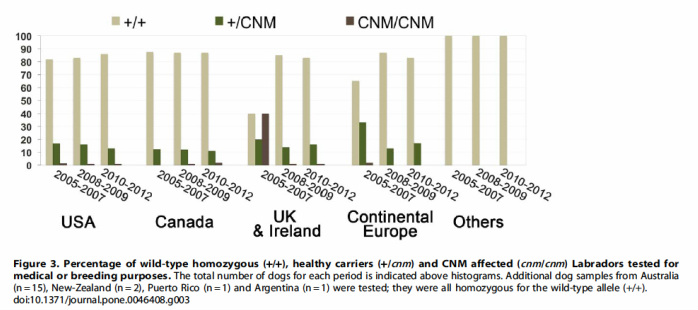
The list of canine genetic diseases seems to get longer every day, and you have to wonder if this is "normal". Of course, all animals have inherited disorders, but is the dog typical of other animals?
One of the best online resources for information about genetic traits in mammals and birds is OMIA - Online Mendelian Inheritance in Animals. It contains information on both domestic and wild animals, and even a few birds and fish. Displayed are the total number of traits or disorders they have information for, as well as the particular gene or mutation if known.



